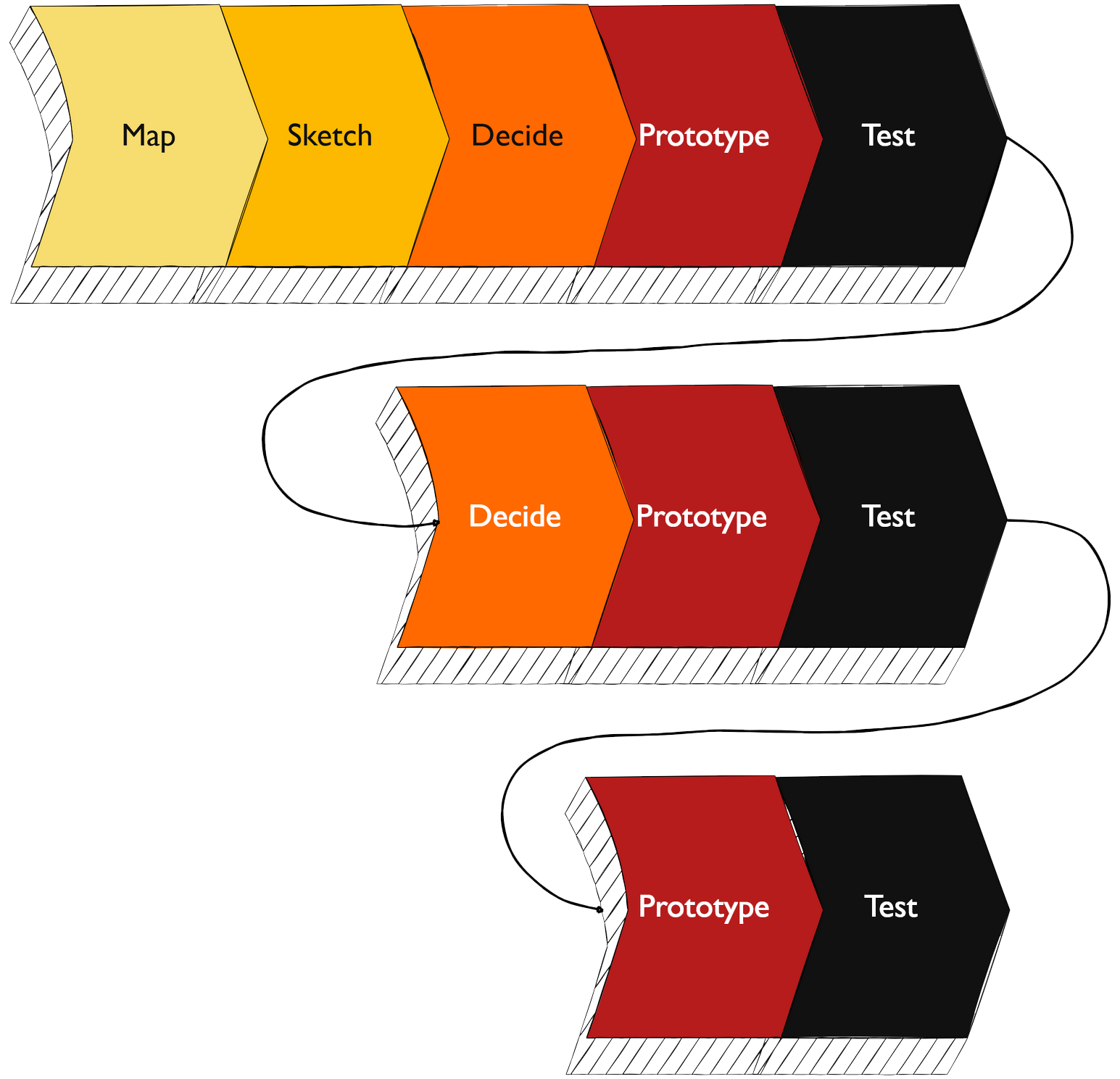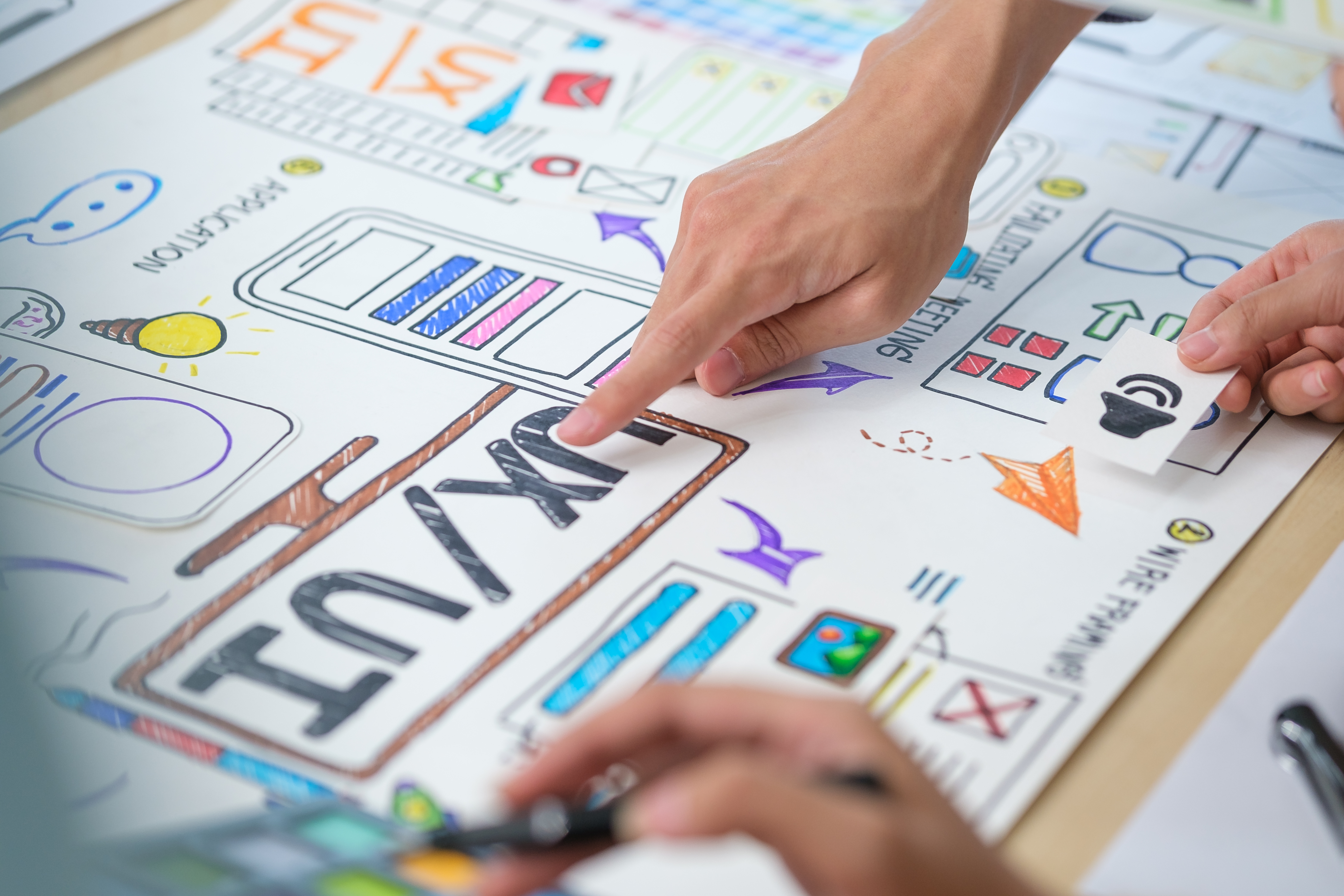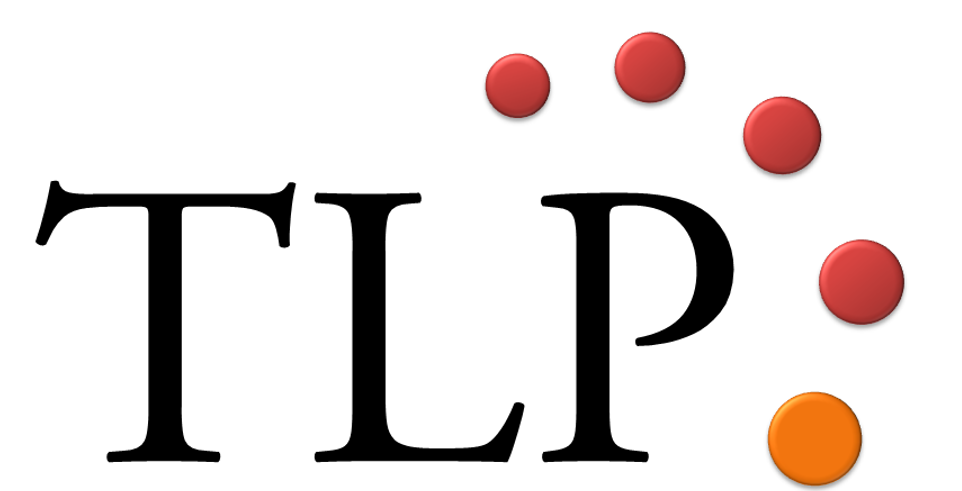What is a Design Sprint?

A Design Sprint is a structured, time-boxed framework developed at Google Ventures that helps teams rapidly solve critical business questions through design, prototyping, and testing ideas with customers. This intensive process compresses months of work into a focused period, typically five days, offering a fast track to innovation and problem-solving. It aims to design, prototype, and test new products, services, or ideas.
The core concept of a Design Sprint is to “fast-forward into the future” to observe how customers react to a finished product or service before significant time and expense are invested in its creation. Beyond mere efficiency, Design Sprints transform traditional office work by replacing meandering meetings with a more structured, respectful, and effective approach that maximizes contributions from every team member. The methodology, popularized by Jake Knapp’s bestselling book Sprint, published in 2016, has become a foundational practice for teams worldwide.
Why You Should Use It
The Design Sprint offers numerous benefits, making it a powerful tool for teams facing complex challenges:
Reduced Risk and De-risking Investments By rapidly prototyping and testing solutions with real users, Design Sprints help identify potential flaws and issues early in the process. This prevents the costly mistake of building something nobody wants, saving significant time and budget.
Accelerated Progress and Faster Time-to-Market This methodology condenses what might typically take months of strategic thinking and development into just a few days. Teams achieve rapid progress and learn quickly whether they are on the right track.
Enhanced Team Alignment and Focus Design Sprints bring together diverse, cross-functional teams, fostering a shared understanding of the problem and desired outcomes. This process quickly resolves misalignments and indecision, enabling everyone to work towards a common goal.
Fostering Innovation and Creativity Design Sprints are ideal for tackling ambiguous problems, generating creative ideas, and innovating “out of the box”. They encourage a shift from linear, fact-based approaches to more creative and sensing methods, which are crucial for complex problems.
User-Centered Design and Actionable Insights A key component is the deep focus on user experience, ensuring that solutions genuinely address target audience needs and pain points. Testing with real users provides direct, raw feedback, offering clear answers and guiding subsequent development.
Versatility Across Projects and Industries Design Sprints are highly adaptable and have been successfully applied to various projects—from new products and services to marketing campaigns and medical reports—across diverse industries including tech, finance, healthcare, automotive, and even government and non-profit organizations.
How It Works
A Design Sprint typically unfolds over five intensive days, guided by a small, cross-functional team that includes a Decider—the individual with final decision-making authority—and a Facilitator, who manages the process, time, and discussions. Key principles such as structured activities, silent individual work, and time-boxed exercises ensure efficiency and productivity.
Here’s a breakdown of the typical five-day process:

Day 1: Map (Understand the Problem)
The team starts by setting an ambitious long-term goal for the project, envisioning success months or years into the future.
They then list sprint questions, reframing assumptions and potential obstacles into questions to be answered during the week.
A simple, customer-centric map of the problem or user journey is created, outlining key actors and their interactions with the product or service.
Experts from within and outside the team are interviewed to gather crucial insights and perspectives.
Finally, the team picks a specific target on the map—the moment of greatest risk or opportunity—to focus the sprint’s efforts.

Day 2: Sketch (Generate Solutions)
The day begins with Lightning Demos, where the team seeks inspiration from existing solutions across various industries, capturing promising ideas with quick drawings.
Participants then engage in a Four-Step Sketch process, working individually and in silence to develop detailed solution sketches on paper. This “work alone together” approach ensures every voice is heard and fosters concrete idea generation.

Day 3: Decide (Choose the Best Solution)
Sketches are posted for review in an “Art Museum”.
A Heat Map is created by allowing participants to silently place dots on elements of the sketches they find most appealing or interesting.
During the Speed Critique, each solution sketch is discussed in a structured, time-limited manner, with the creator remaining silent until the end to avoid influencing feedback.
A Straw Poll follows, where each team member silently selects their preferred concept.
The Decider then makes the final choice on which solutions will be prototyped.
The team creates a Storyboard, a step-by-step visual blueprint of the chosen solution, which guides the prototyping phase.

Day 4: Prototype (Build a Realistic Facade)
The goal for Thursday is to build a realistic prototype—a “fake it till you make it” façade—that simulates the finished product or service without requiring actual development.
Teams pick the right tools based on the prototype format (e.g., Keynote, PowerPoint, Figma for digital products; Squarespace for marketing prototypes; actors for services; physical modifications for objects).
Tasks are divided and conquered by assigning specific roles like Makers (who create components), a Stitcher (who integrates components), a Writer (who crafts realistic text), an Asset Collector (who finds necessary images/content), and an Interviewer (who prepares for testing).
The Stitcher then stitches it all together, ensuring consistency and realism across the prototype. A trial run is conducted to ensure everything works as intended.

Day 5: Test (Validate with Users)
The sprint culminates in testing the prototype with five target customers in separate, one-on-one interviews.
The team observes user interactions and gathers direct feedback and insights.
This learning process helps identify critical flaws and validates assumptions, leading to informed decisions about next steps. The outcomes can range from efficient failures (saving future investment) to flawed successes requiring further iteration.
The team reviews the long-term goal and sprint questions to determine progress and future actions.
Throughout the sprint, essential supplies include whiteboards or digital whiteboards like Miro, sticky notes, markers, timers, and dot stickers for voting. For remote sprints, tools like Zoom for video conferencing are also crucial.
It’s important to note that the Design Sprint is often preceded by a Foundation Sprint, a two-day workshop that helps teams clarify their assumptions, define their customer, problem, and unique differentiation, and select a strategic approach before diving into solution prototyping. This ensures the team is solving the right problem for the right customer and has a clear, testable hypothesis to validate.
